Updated: Jalopnik:America’s First Great Car Race Happened On Roads People Still Use Every Day
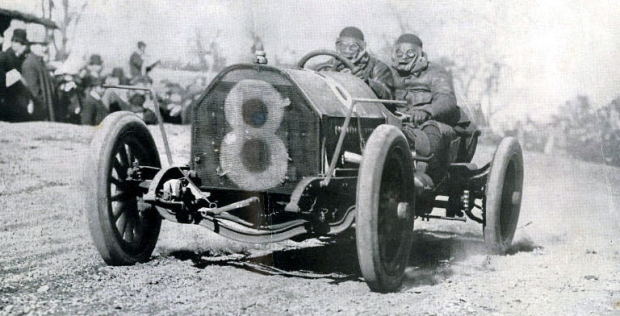
Jalopnik editor Raphael Orlove has posted this excellent article on the Vanderbilt Cup Races promoting tonight's 8:00 PM and 11:00 PM showings of the Car vs. America episode on Fusion TV.
Enjoy,
Howard Kroplick
Watch a one-minute highlight from the Car vs. America episode posted on the Jalopnik Facebook page.
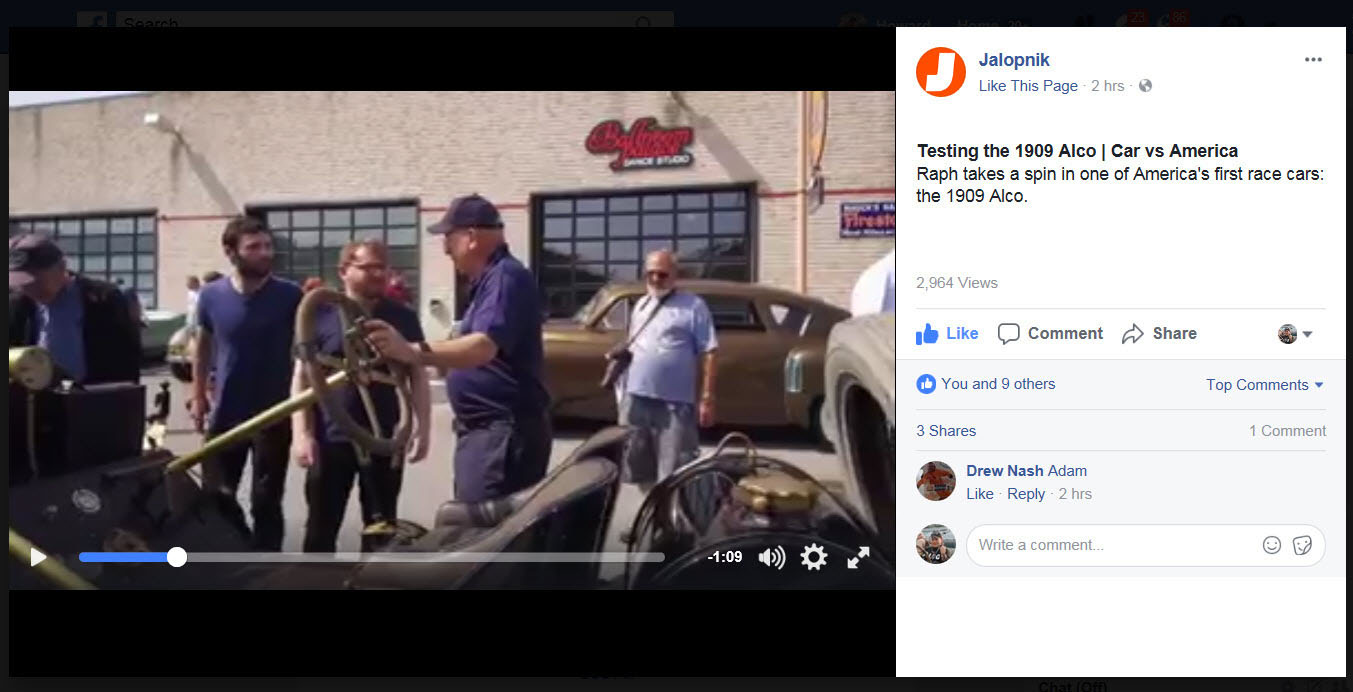
CAR VS. AMERICA
America’s First Great Car Race Happened On Roads People Still Use Every Day
Raphael Orlove
Today 11:35am
Above photo:The 1909-winning ALCO. Read more about the car on VanderbiltCupRaces.com, run by the car’s owner and town historian Howard Kroplick. Thanks Howard!
Before the Indy 500, there was the Vanderbilt Cup, the first car race in America to pull in major international competitors. Around the turn of the century, it was one of the most prestigious races in the world. What’s more, it took place on public roads in Long Island, New York, roads that are still open today.
Back in 1904, the great races of the car world were all taking place in Europe, which presumably bummed out young American gazillionaire, railroad empire scion and early motorcar enthusiast William Kissam Vanderbilt Jr.
Vanderbilt decided to set up a big race of his own, big stakes, big money, to draw international talent to run in the States and build up the American scene at the same time. He named it after himself too, because that’s how you roll when you’re a Vanderbilt. Thus was the Vanderbilt Cup created.
Note that it was a “cup.” The first “grand prix” as we know it hadn’t even happened yet—that was in 1906 with the French Grand Prix. That’s how far back the Vanderbilt Cup goes.
In any case, as was typical of the time, the Vanderbilt Cup ran entirely on closed-off public roads in Long Island, or at least it did until 1908. You see, cars were so new and so unusual back in then, that keeping spectators safe was a real challenge.
The race itself was wildly popular, drawing in huge crowds from across New York, but nobody was familiar with how fast cars were at the time. That is, nobody was familiar with how close they should or shouldn’t get to something blitzing past at a hundred miles an hour. Few people had seen anything go a hundred miles an hour. Worse, the cars themselves were unbelievably difficult to drive and prone to, I don’t know, blow a whole wheel off the car in a corner.
As it was, in 1906, a spectator died at the Vanderbilt Cup, and Vanderbilt decided that he needed to create some kind of road dedicated for cars alone, where drivers could run without any interference from pedestrians, or other kinds of non-automobile traffic, or cops.
So Vanderbilt started work on the Long Island Motor Parkway. (Later called by some local residents the Vanderbilt Parkway.) This parkway was actually the first highway built specifically for cars, and not just the first one in America. This was the first auto-dedicated highway, period. Construction began in 1907 and it was used as a section of the course for the 1908 race, opened to the public as a toll road thereafter.If you’re curious, no, there were no speed limits.
The Long Island Motor Parkway was very much ahead of its time, predating the first automotive-oriented suburbs by a few decades. (Ironically, the first modern car-based suburb sprung up on the route of the old Vanderbilt Cup races in Levittown, Long Island after World War II.) The toll never made the road profitable, road design advanced enough that it was obsolete not long after it was finished, and eventually New York State bought the whole thing up in the ‘30s.
As for the Vanderbilt Cup, two deaths in 1910 led New York State to ban racing on public roads, so in 1911 it had to move to purpose-built race tracks elsewhere in the country, moving first into Georgia, then Wisconsin, then California and eventually obscurity. The Indy 500 started up in 1911 and ended up took on the role of America’s big auto race.
However, the roads that the Vanderbilt Cup ran on are still around, at least for the most part. It’s a 30-mile drive from the middle of New York City out to Levittown. Go to the intersection of Skimmer Lane and Orchard Road you’ll find a sign dedicating the grandstands that marked off the start/finish straight.
Drive east to Hicksville Road, make the turn west onto Old Country Road, turn right to go south on Salisbury Park Drive, and find your way back to Orchard just past Newbridge Road and you’ll have run what was basically the Vanderbilt Cup course. You know, all of it’s paved now and it doesn’t run past farms. Also there are stop signs. And traffic. But otherwise it’s basically the course.
It’s all right out in the open. We drove it on an episode of Car vs. America, which has still not been canceled yet for some reason.
Mike Ballaban ran the course in his buddy Jesse Casco’s imported right-hand-drive Toyota MR2 Turbo, in a vain attempt to beat the winning average speed of 1909, 62 miles per hour. If William Kissam Vanderbilt Jr. had been alive today, I like to think he’d have driven a JDM-spec MR2 Turbo also.
We followed all of the rules of the road, got stuck in traffic, stalled a few times and managed a paltry 22 mph around the course. You can watch a little cut of our run here:
All that is to say that Mike and I are a terrible driving team, and also the speeds that those old cars were able to achieve on incredibly rudimentary suspension, balloon tires and about 100 horsepower boggles the mind today.
But what interests me the most is how little anybody seems to know about the Vanderbilt Cup, or how little fanfare there is about the course remaining today. Other than that sign at the start/finish, there’s not much else will show that you’re on the site of one of America’s great car races, an integral piece of automobile history.
Check out this episode TONIGHT at 8 p.m. ET and PT on Fusion.
Find out if you have Fusion here, and check out how to get the Watch Fusion app on Amazon Fire TV & Stick, Roku, Chromecast, iPhone, iPad, Android Mobile, Android tablets and more. Don’t have cable? You can still catch it on Apple TV and the Sling app.
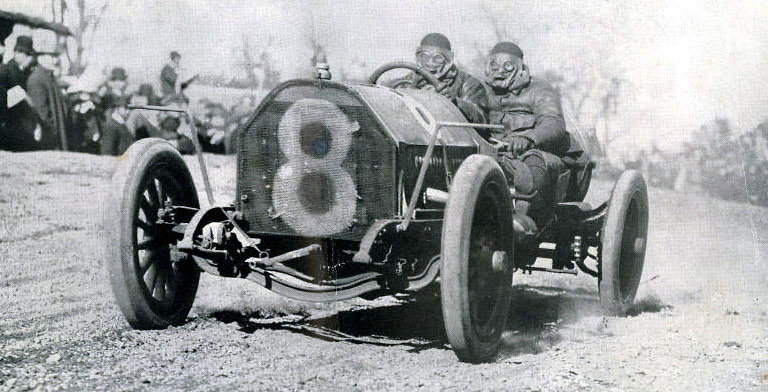
The 1909-winning ALCO. Read more about the car on VanderbiltCupRaces.com, run by the car’s owner and town historian Howard Kroplick.
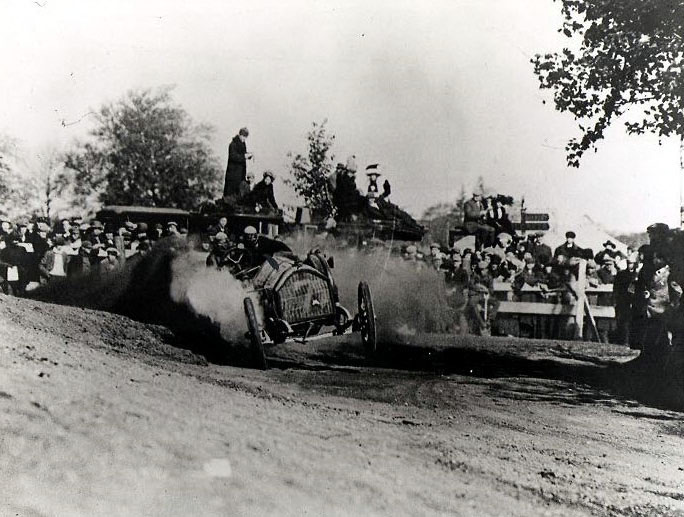
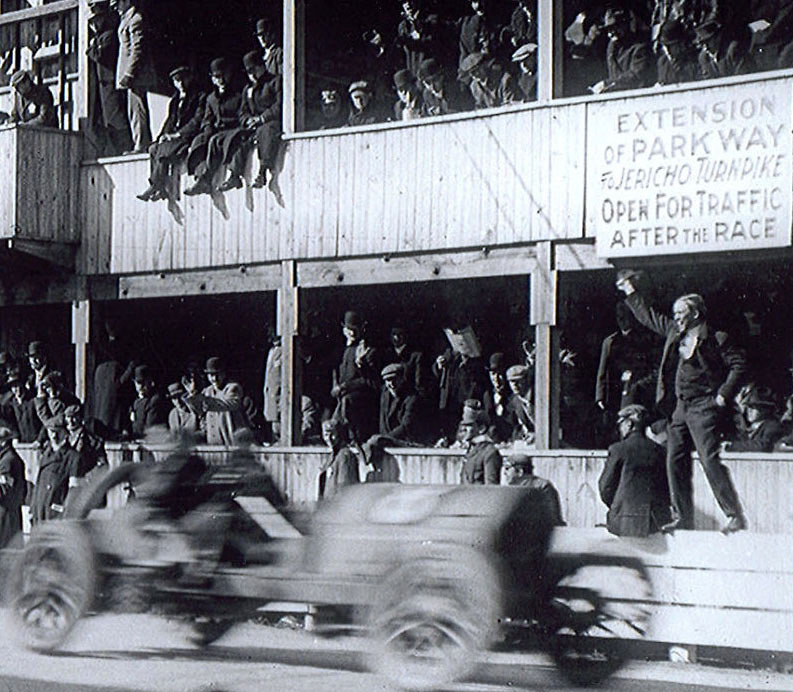
At the start/finish.
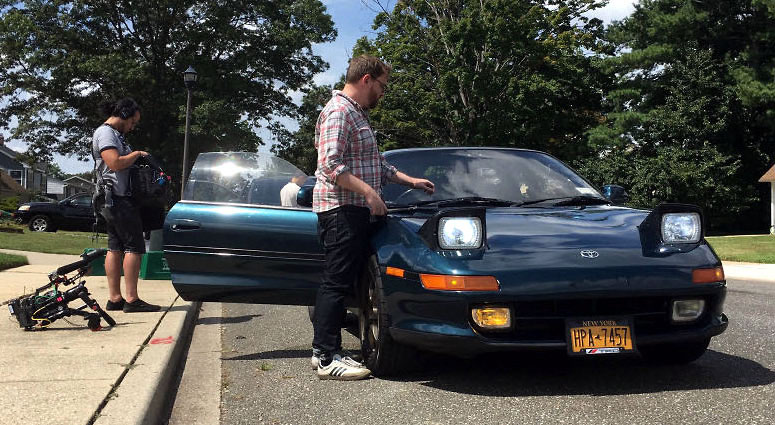
Thanks Jesse! Your car rules. Ballaban’s driving, less so.
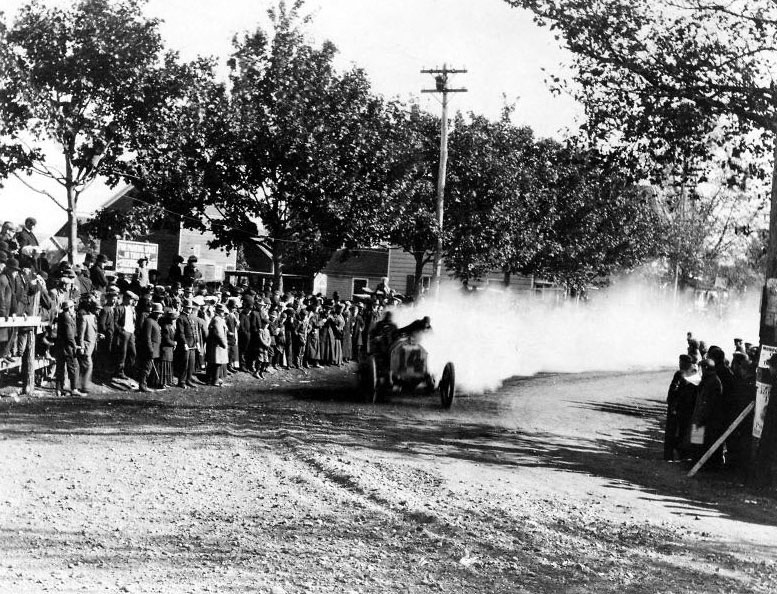
Read more about the race on VanderbiltCupRaces.com, run by town historian Howard Kroplick. Thanks Howard!





Comments
Very cool Howard! I was there when they did the filming at your garage. Now I have to figure out how to watch it! Thanks again for the invite. I will always remember standing next to the beast when you fired her up. Sounded like 50 caliber machine guns! Mitch Hackett
————————————————————————-
Howard Kroplick
Mitch, the episode will eventually be posted online. They did a great job!